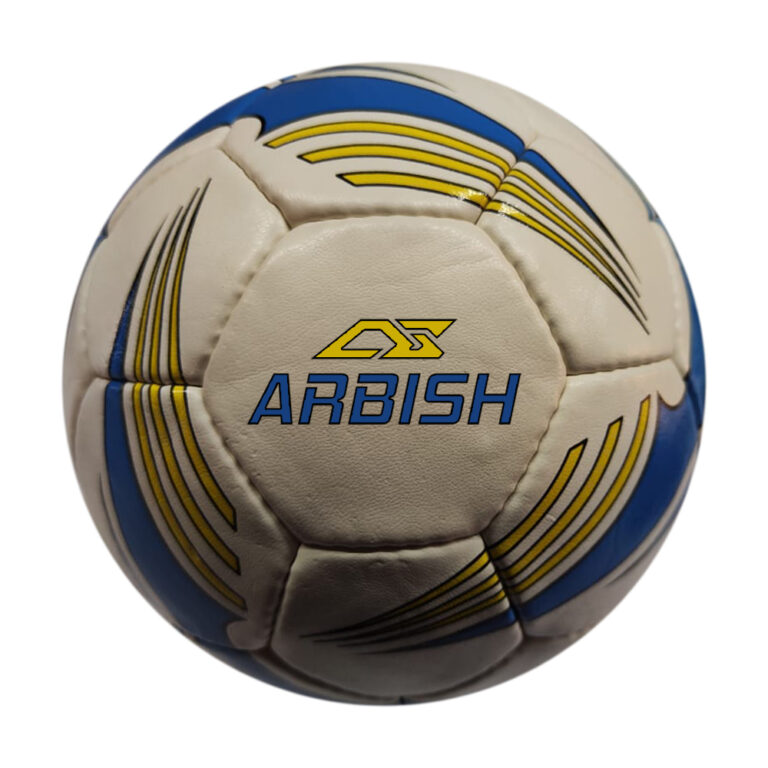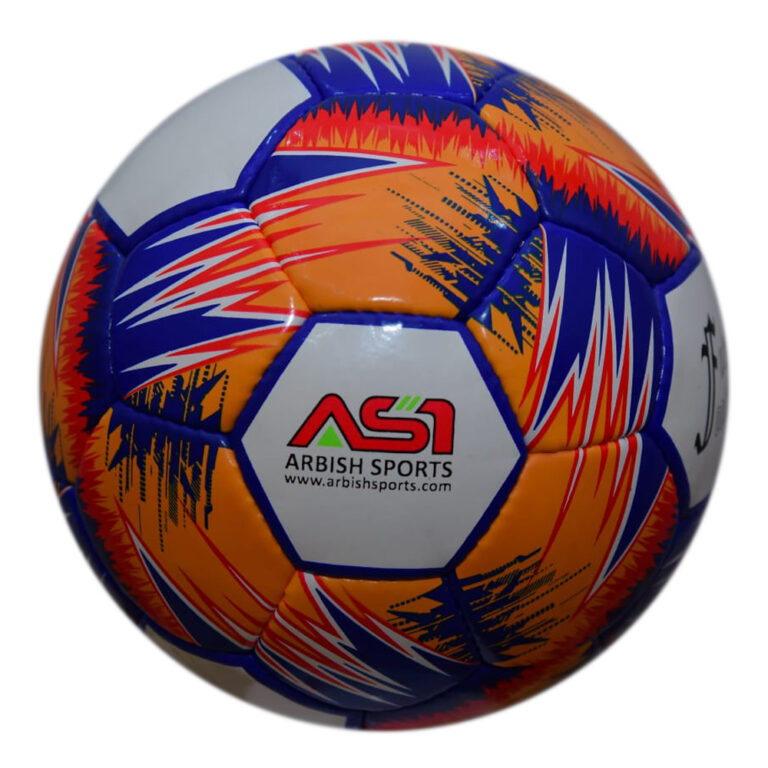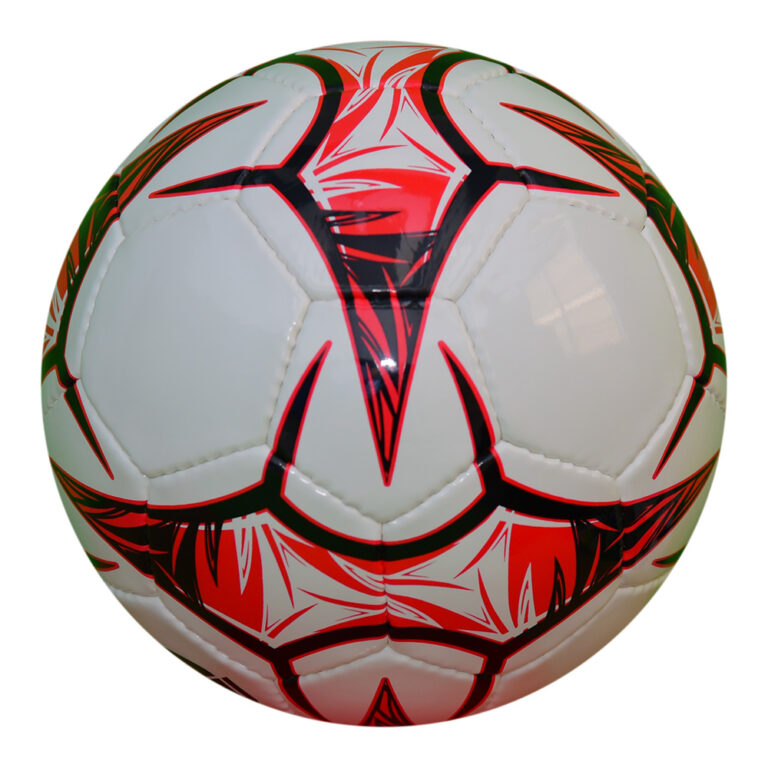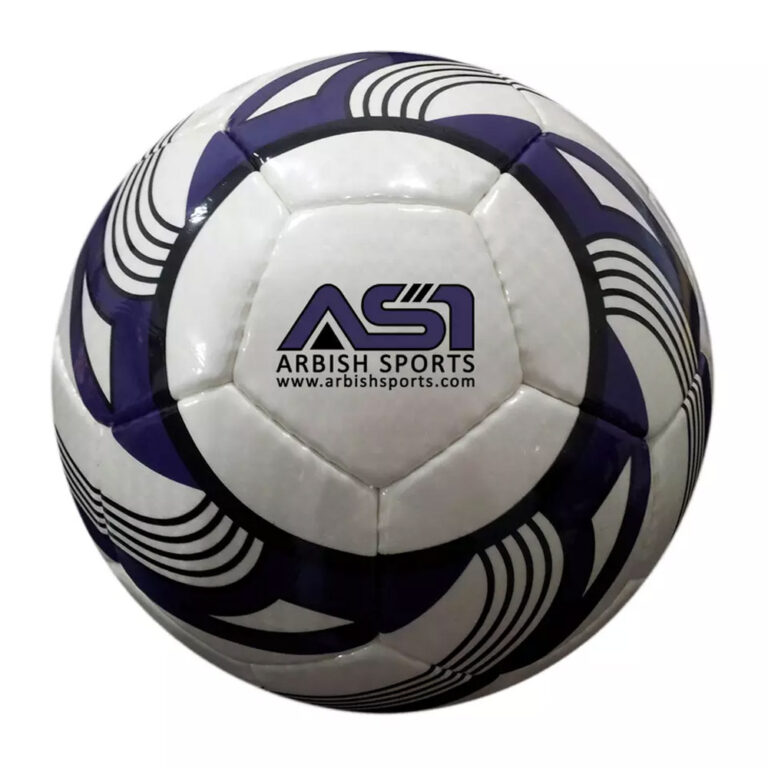Best Futsal Ball for Indoor Soccer: A Comprehensive Guide

Table of Contents
ToggleFutsal, a fast-paced, high-intensity indoor game, demands a ball specifically designed for its unique playing conditions. Unlike traditional soccer, futsal requires a ball with less bounce, heavier weight, and superior control. This guide will delve into the intricacies of futsal balls, helping you select the perfect one for your game.
The History of the Futsal Ball
Futsal, originating in Uruguay in the 1930s, was initially played with a basketball. Over time, the need for a specialized ball became apparent. The game’s unique characteristics, such as smaller playing area, harder court surface, and emphasis on ball control, necessitated a ball with distinct properties.
Modern futsal balls are meticulously engineered to meet these requirements. They are typically smaller, heavier, and have a lower bounce compared to traditional soccer balls. This design encourages precise passing, dribbling, and shooting, making the game more technical and exciting.
The Making of a Futsal Ball
The construction of a futsal ball is a complex process involving several key components:
Material
High-quality polyurethane (PU) is the preferred material for futsal balls. It offers durability, softness, and excellent ball feel.
Lamination
Multiple layers of lamination reinforce the PU material, enhancing the ball’s durability and performance.
Bladder
A butyl or latex bladder filled with air provides the ball’s shape and bounce. Unlike traditional soccer balls, futsal balls often incorporate a foam layer within the bladder to reduce bounce.
Stitching
The ball panels are stitched together, ensuring a strong and durable construction.
Size and Weight
Futsal balls come in different sizes to accommodate players of varying ages and skill levels. While often perceived as heavier, futsal balls are actually slightly lighter than traditional soccer balls.
Choosing the Right Futsal Ball
Selecting the appropriate futsal ball is essential for optimal performance. Consider the following factors:
Age and Skill Level
- Size 1: Suitable for children up to 8/9 years old.
- Size 2: Ideal for children between 8/9 and 11/12 years old.
- Size 3: Designed for children between 11/12 and 14/15 years old.
- Size 4: Appropriate for players aged 14/15 and adults.
Ball Weight
While futsal balls are slightly lighter than traditional soccer balls, their weight distribution and internal foam contribute to the desired heavier feel and control.
Bounce
Futsal balls are specifically designed for lower bounce. According to FIFA, a futsal ball’s bounce is typically 40-60% less than a traditional soccer ball. This is achieved through the use of a foam layer within the bladder and the ball’s overall construction.
Grip
The ball’s surface should offer excellent grip for precise passes and dribbles.
ASI Soccer Futsal Balls: A Superior Choice
ASI Soccer offers futsal balls that meet the highest standards of quality and performance. Our balls are designed in accordance with the Brazilian Futsal Confederation specifications and are used by prestigious academies like those in the English Premier League.
Key features of our futsal balls:
- PU material with 4 lamination layers for exceptional durability and softness
- Latex bladder filled with polyester and foam for enhanced control and reduced bounce
- 32 stitched panels for robust construction
- Available in sizes 1, 2, 3, and 4
- Perfect for players of all ages and skill levels
By choosing an ASI Soccer futsal ball, you’re investing in a product that will elevate your game and provide countless hours of enjoyment.
By understanding the history, construction, and key factors influencing futsal ball performance, you can make an informed decision and select the perfect ball to enhance your futsal experience.
Technical Details of ASI Soccer Futsal Balls
Feature | Value |
Size | Circumference (cm), Weight (g), Age Group |
4 | 61-64, 410-440, From 14/15 years old to adult |
3 | 55-59, 350-380, For children between 11/12 and 14/15 years old |
2 | 53-55, 300-350, For children between 8/9 and 11/12 years old |
1 | 50-53, 250-280, For children up to 8/9 years old |
- Facebook
- Twitter
- Linkedin
- Whatsapp









